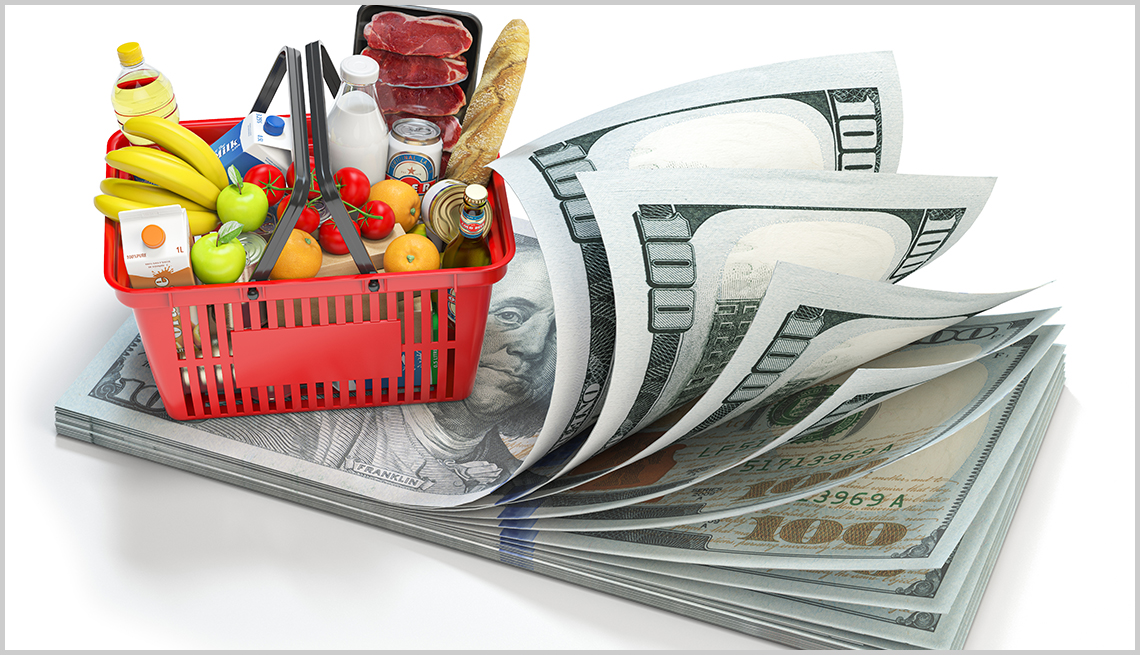AARP Hearing Center
The Consumer Price Index (CPI), the government's main gauge of inflation, rose 5.4 percent the 12 months ended July, the highest reading since 2008. Although some economists say that the rise in prices is a temporary side effect of the COVID-19 pandemic, even fleeting inflation can hit households — particularly those of retirees who live on a fixed income — hard.
Inflation is cumulative and, much like compound interest, adds up over time. For example, the CPI has risen at a 1.9 percent average annual rate the past 10 years, according to the Bureau of Labor Statistics (BLS). That means an item that cost $10 a decade ago now costs about $13 — a 30 percent increase.
You can't avoid inflation entirely, but you can do your best to minimize its effects on your budget. Here are five ways to take the sting out of the rising cost of living.
1. Seek out cheaper substitutes
The CPI represents a basket of consumer goods, but not every good in the basket rises at the same time. Food, for example, rose 4.6 percent the past 12 months. Within the food basket, steaks rose 10.7 percent and bacon jumped 11.1 percent. Switching to hamburger (up 0.4 percent) or fresh whole chicken (up 2.2 percent) could ease some of the food inflation indigestion.
You might also want to reduce going to restaurants, because eating out has become 6.2 percent more expensive than it was 12 months ago, the BLS says. And those QR codes that let you pull up menus on your smartphone only speed up the increase. “Historically, we had printed menus, which prevented restaurants from raising prices quickly,” says Sri Reddy, senior vice president of retirement and income solutions at Principal. Now, prices can change with the click of a mouse.




































































